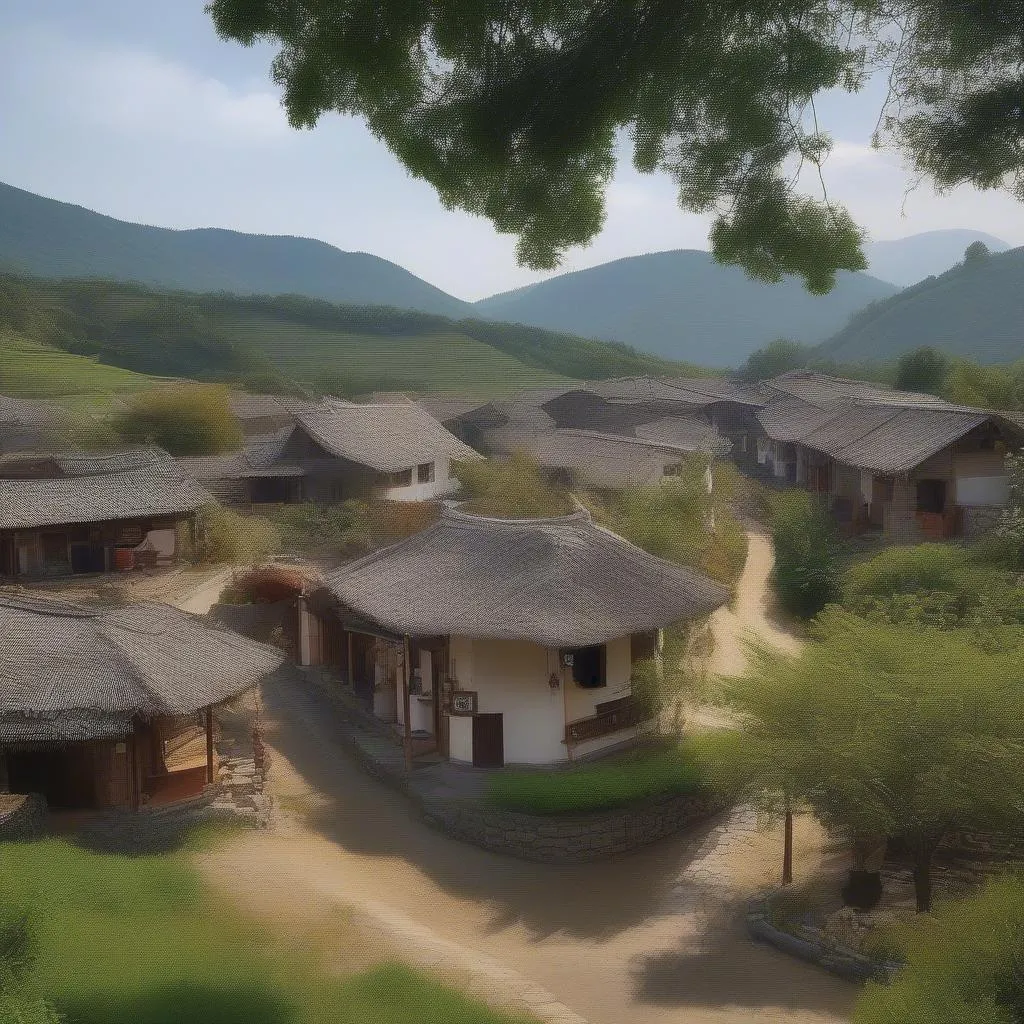Have you ever dreamt of escaping to a secluded island paradise, untouched by the relentless pace of modern life? Or perhaps you envision a tranquil mountain retreat, where you can reconnect with nature and recharge your soul? These dreams are the very essence of ecotourism, a rapidly growing sector that seeks to harmonize travel with environmental conservation and community well-being.
But how do we translate these idyllic visions into reality? The answer lies in meticulous ecotourism planning. This process, often culminating in a comprehensive ecotourism plan, is crucial for ensuring the long-term sustainability and success of any ecotourism project.
Delving into the World of Ecotourism Planning
Ecotourism planning is a multi-faceted process that involves a deep understanding of the local environment, culture, and economy. It’s about creating experiences that benefit not just the traveler, but also the destination itself.
What Makes Ecotourism Planning Essential?
Imagine a pristine beach suddenly overrun by tourists, its once-pristine sands littered with plastic. Or a remote village, its traditional way of life disrupted by an influx of visitors. These scenarios highlight the potential pitfalls of unplanned tourism and underscore the importance of a thoughtful, measured approach.
Ecotourism planning helps to:
- Protect fragile ecosystems: By assessing environmental impacts and implementing sustainable practices, we can safeguard the very natural beauty that attracts visitors.
- Empower local communities: Involving local residents in the planning process ensures their voices are heard and that they benefit economically from tourism.
- Enhance the visitor experience: Thoughtful planning leads to more authentic and enriching experiences for travelers, fostering a deeper appreciation for the destination.
Key Elements of a Successful Ecotourism Plan
An effective ecotourism plan is more than just a document; it’s a roadmap for sustainable development. Here are some essential components:
- Comprehensive Site Analysis: This involves studying the natural environment, identifying potential tourism activities, and assessing potential environmental and social impacts.
- Community Engagement: Consulting with local communities is crucial for understanding their needs, aspirations, and concerns.
- Sustainable Design and Development: This includes using eco-friendly construction materials, minimizing waste, and implementing renewable energy solutions.
- Interpretation and Education: Educating visitors about the local environment, culture, and the importance of conservation is key to fostering responsible tourism.
- Monitoring and Evaluation: Regularly assessing the environmental and social impacts of tourism activities helps to ensure the long-term sustainability of the project.
 Sustainable Tourism Village
Sustainable Tourism Village